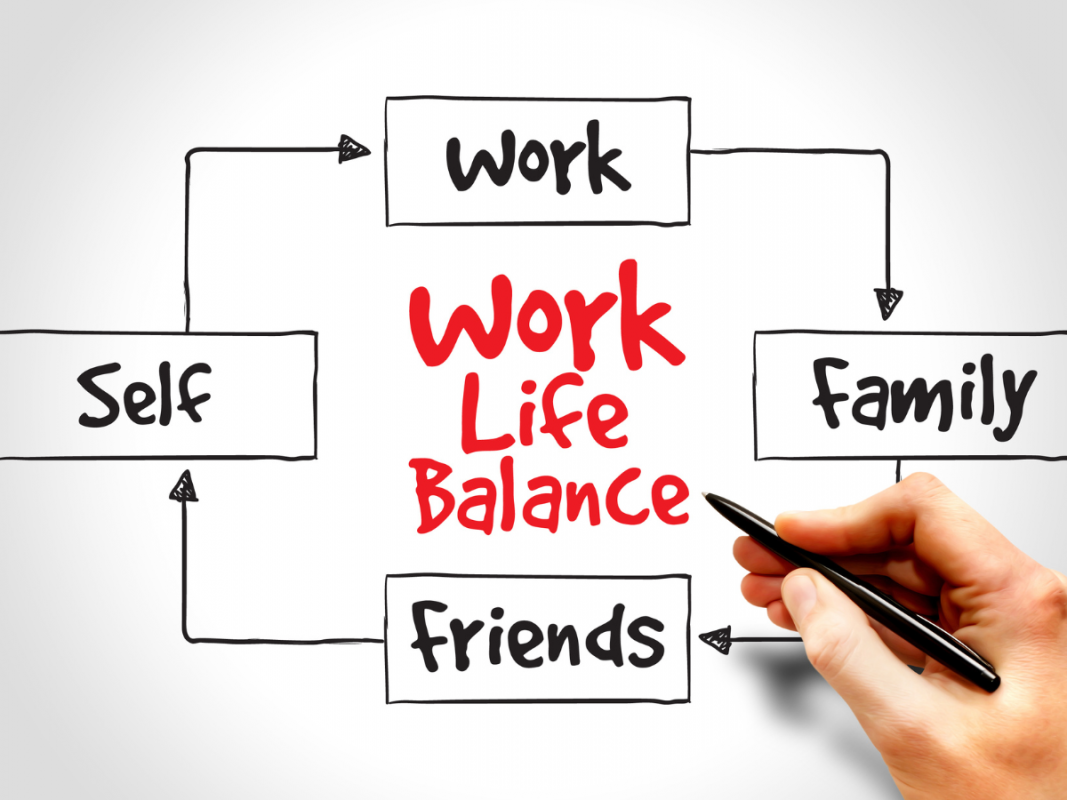Family Lifestyle Tips
Work-life balance: tips for you and your family
Changing your home and family arrangements to improve work-life balance
You might be able to improve your work-life balance by changing the way you organise things in your home and family.
For example, here are some things you could look at:
- Things you need and want to do – this might be caring for children, doing housework, going to work and earning a salary, caring for elderly parents, volunteering, exercising, socialising, relaxing and so on.
- Time you spend on things – working out how much time you spend on each of the things above can give you a picture of what your work-life balance looks like at the moment.
- Money needs – drawing up a family budget can help you work out the limits of what you can change.
- Options for change – if you’re not happy with the balance and you have some flexibility with time and money, where can you make changes?

Negotiating family-friendly work arrangements to support work-life balance
Family-friendly work arrangements can help you improve your work-life balance. Family-friendly options might include arrangements for:
- working from home
- working flexible hours
- working part-time hours
- job-sharing, which is sharing your job with another part-time employee
- working while pregnant
- taking parental leave and carers’ leave

Changing work habits to support work-life balance
It’s not always possible to spend less time on or at work, but small changes in the way you organise. In addition, think about work can help you feel more satisfied with your work-life balance.
Organising your work
- Arrange your work so you take on the most challenging tasks at the beginning of the day, instead of at the end.
- In addition, set boundaries around how much work you do outside hours, including limits on checking and responding to emails or phone calls or attending out-of-hours meetings.
- Let coworkers and clients know your work hours – for example, by including work hours or days in your email signature.
- If you work from home, have clear start and finish times or block out parts of the day for work, rather than constantly checking in with work.
- If you work from home, try to keep your work area separate from family areas.

Leaving work behind at the end of the day
- Review the workday in your mind before you leave or finish work. This can help you shift gradually to thinking about home and family.
- Call your partner, your child’s carer or your child on the way home. This can take your mind off work. And so, give you a chance to catch up on your family’s day. It can also help you work out who or what needs your attention when you get home.
- Have a ritual or routine to mark the physical, mental and emotional move from work to home, from worker to parent. It can be as simple as changing out of your work clothes. If you work from home, try going for a walk around the block or doing a five-minute workout.
Changing your perspective on work
- Take a moment in your workday to think about your children. This could be just looking at a photo or thinking about a special thing you’ve done together recently. This can help you remember the reason you’re trying to achieve a work-life balance.
- Take your child or family to work on social occasions. This can be fun for you and your child. In addition, meeting your child might make it easier for your colleagues to be understanding – for example, if you have to take carers’ leave because your child is sick.


